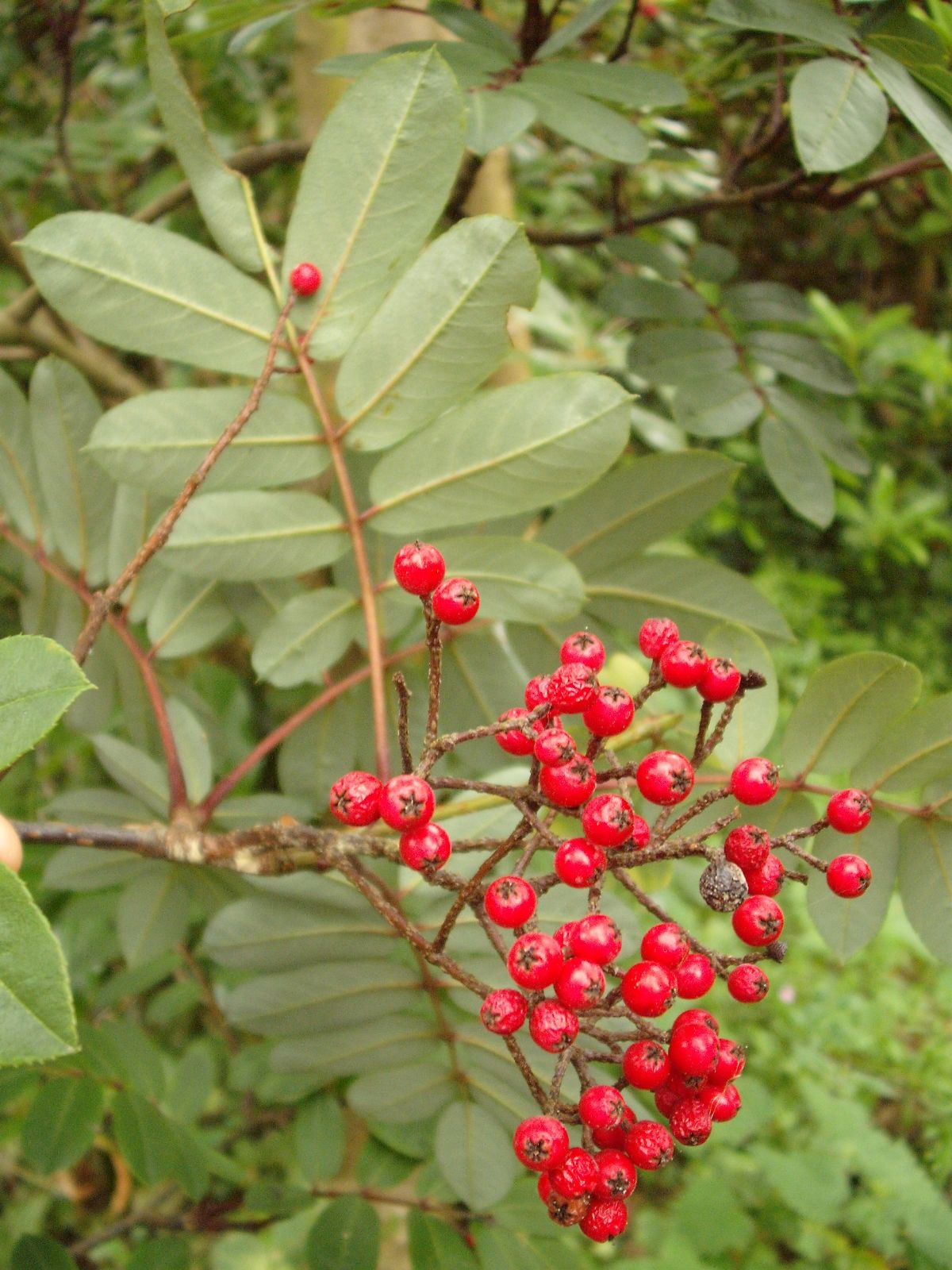Sorbus fansipanensis
Sponsor
Kindly sponsored by
This genus has been sponsored and new text is being prepared.
Credits
Article from New Trees by John Grimshaw & Ross Bayton
Recommended citation
'Sorbus fansipanensis' from the website Trees and Shrubs Online (treesandshrubsonline.
Genus
Other taxa in genus
- Sorbus americana
- Sorbus amoena
- Sorbus arachnoidea
- Sorbus aucuparia
- Sorbus carmesina
- Sorbus cashmiriana
- Sorbus commixta
- Sorbus coxii
- Sorbus decora
- Sorbus discolor
- Sorbus ellipsoidalis
- Sorbus esserteauiana
- Sorbus foliolosa
- Sorbus forrestii
- Sorbus glabriuscula
- Sorbus glomerulata
- Sorbus gracilis
- Sorbus helenae
- Sorbus hupehensis
- Sorbus hypoglauca
- Sorbus insignis
- Sorbus 'Joseph Rock'
- Sorbus khumbuensis
- Sorbus koehneana
- Sorbus kongboensis
- Sorbus kurzii
- Sorbus lingshiensis
- Sorbus matsumurana
- Sorbus microphylla
- Sorbus muliensis
- Sorbus olivacea
- Sorbus parvifructa
- Sorbus pohuashanensis
- Sorbus poteriifolia
- Sorbus prattii
- Sorbus pseudohupehensis
- Sorbus pseudovilmorinii
- Sorbus randaiensis
- Sorbus reducta
- Sorbus rinzenii
- Sorbus rubescens
- Sorbus rufopilosa
- Sorbus rushforthii
- Sorbus sambucifolia
- Sorbus sargentiana
- Sorbus scalaris
- Sorbus sitchensis
- Sorbus tianschanica
- Sorbus ursina
- Sorbus vilmorinii
- Sorbus wallichii
- Sorbus wilsoniana
Tree to 10 m. Branchlets, petioles and leaf rachises covered in reddish brown hair, particularly when young. Buds reddish, to 1 cm long with reddish brown hairs on the margins and apices of the scales. Leaves almost evergreen, 15–22 cm long, with four to five (to six) pairs of leaflets. Leaflets 4–6 × 1.6–2.3 cm, narrowly oblong to obovate, upper surface bluish green and glabrous, lower surface highly papillose, margins dentate in the upper three-quarters (long shoots) or at the apex only (short shoots). Inflorescence erect and remaining so in fruit. Fruit small, hard and crimson, 0.6 × 0.5 cm; calyx lobes fleshy, carpels three to four (to five). Diploid (2n = 34). McAllister 2005a. Distribution VIETNAM: Lao Cai (Fan Si Pan, Ban Khoang). Habitat Scrub on steep slopes. USDA Hardiness Zone 8–9. Conservation status Not evaluated. Illustration NT802.
This rowan from Fan Si Pan is an interesting species as its leaves remain more or less evergreen, especially in mild climates or over a warm winter. Despite this, and its southern origins, it seems to be surprisingly hardy, surviving well at Ness where it is making single-stemmed small trees 3–4 m tall (grown from KR 2173). Its long-lasting red berries make it attractive through the winter, persisting until at least April in some gardens. A sheltered place in light woodland would probably give the best chances for its success. Also growing on Fan Si Pan are Sorbus pseudovilmorinii or something very similar (McAllister 2005a) (see p. 809), and the exceptionally attractive Sorbus (Aria) subulata (p. 819).


